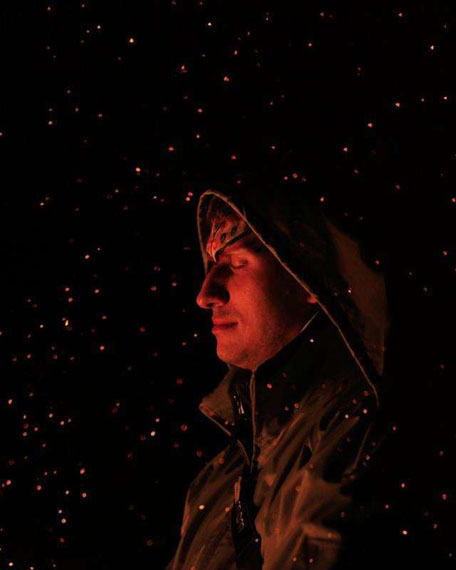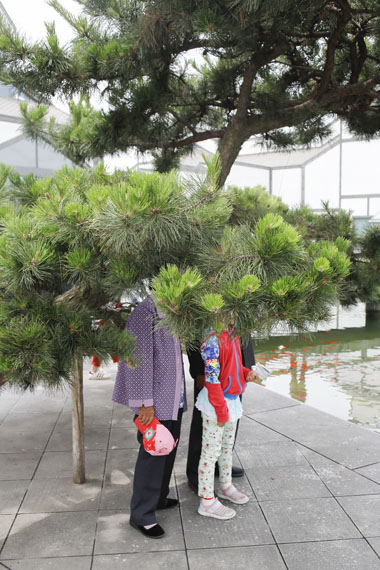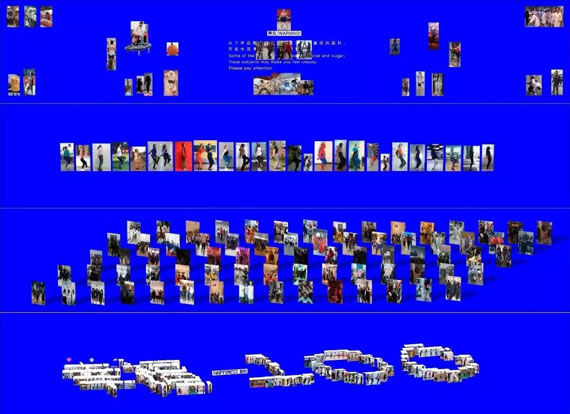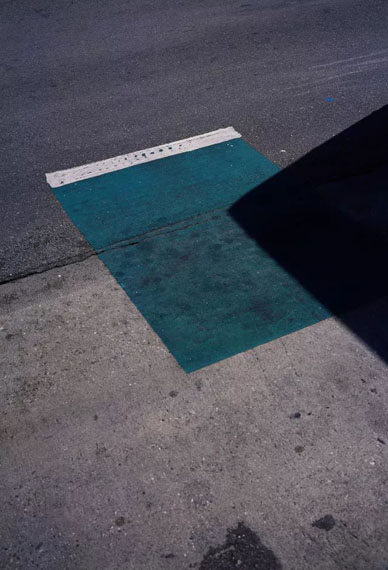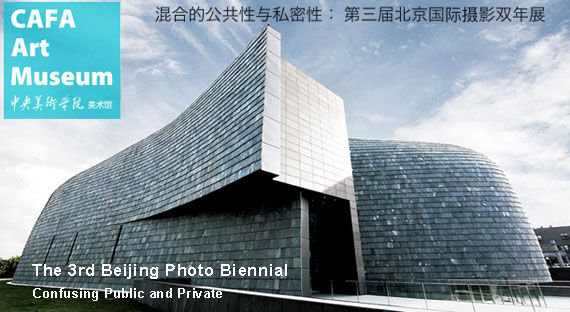
The 3rd Beijing Photo Biennial
Confusing Public and Private
Adam Broomberg & Oliver Chanarin » Latif Al Ani » Claudia Andujar » Catherine Balet » Roger Ballen » Chen Baoyang » Xu Bing » Beni Bischof » Dirk Braeckman » Marcel Broodthaers » Vanja Bućan » Natasha Caruana » Haishu Chen » David Claerbout » Rochelle Costi » Marcel Duchamp » Carl Johan Erikson » Patrick Faigenbaum » Joan Fontcuberta » Anna Fox » Robert Frank » Daniela Friebel » YANG Fudong » Weronika Gęsicka » Gayatri Ganju » Luigi Ghirri » Luigi Ghirri » Anni Hanén » Eddo Hartmann » Judith Helmer » Sarah Mei Herman » Todd Hido » Pieter Hugo » Zhang Jin » Mathias Løvgreen » LI Lang » Leandro Lima » Mário Macilau » Man Ray » Edgar Martins » Bruno Morais » Richard Mosse » Gisela Motta » Zanele Muholi » Laura Pannack » Giuseppe Penone » Leonard Pongo » Barbara Probst » Jo Ractliffe » Berna Reale » Rosângela Rennó » Lua Ribeira » Gerhard Richter » Jewgeni Roppel » Sara, Peter & Tobias » Viviane Sassen » Malick Sidibé » Jiehao Su » Taca Sui » Caterine Val » Emmanuel Van der Auwera » Jan Vercruysse » Jeff Wall » Aby Warburg » Shen Wei » Hu Xao » Gao Yan » Wang Yishu » Vasantha Yogananthan » Shizuka Yokomizo » Zhang Yongji » & others
Festival: 28 Sep – 28 Nov 2018

CAFA Art Museum
No.8 Huajiadi South St, Chaoyang
100102 Beijing
+86-10-64771019
cafama@cafa.edu.cn
www.cafamuseum.org
Tue-Sun 9:30-17:30
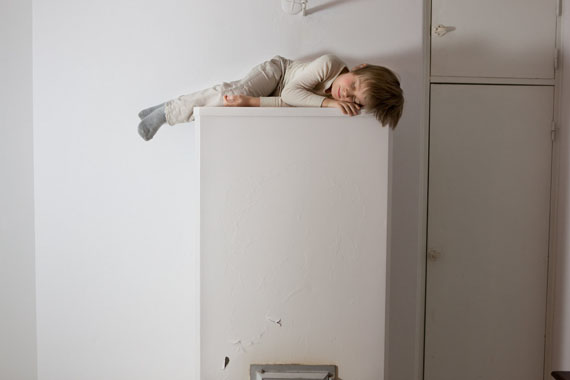
The Beijing Photo Biennial” has received wide attention and recognition in the art industry and related fields, with its previous two successful exhibitions of “Aura and Post-Aura” and “Unfamiliar Asia”. As one of the brand exhibitions of CAFA Art Museum, this event aims to examine the constant participation of photography in contemporary cultural narrative and the construction of new artistic orders and patterns, since it is regarded as a unique medium and carrier of intervention and application as well as a constantly self-renewing form. We hope to draw on Western classics and cutting-age photographic resources worldwide to discover and support potentially talented young photographers in China, encouraging them to explore the language of photography and expand their ideas; we also hope to make contribution to the development of Chinese photography by promoting and enhancing the influence and recognition of contemporary Chinese photography to a higher level in the international art circles.
This year’s biennial is planned as part of the “thematic exhibition” of the first Beizhen International Photography Festival and will be held simultaneously at the Cultural Industry Center of Beizhen city in Liaoning province and the CAFA Art Museum. Nearly 1000 works of about 80 artists from around the world will be displayed in the exhibition, and a series of academic seminars, forums, art talks and public education activities will be organized at the same time. The CAFA Art Museum will continue to bring advanced modes of thinking and organization from contemporary cultural and artistic circles into the field of photography and image art in China, in an attempt to enhance its cultural depth, academic range, quality of communication and degree of internationalization. Characterized as comprehensive, contemporary, practical and routine, photography is used as a medium of visual expression. We hope to deliver and present the serious and in-depth thoughts of today’s photographers and artists on history, social reality, art and the self, and thus to inspire more people to reflect, recognize and explore photography again. Meanwhile, through this cultural cooperation with local government, we hope to explore a new kind of curatorial system that can make use of the social and public roles of university art museums to promote the cultural development and prosperity of the relatively less developed areas, and to build new brands and platforms for cultural and artistic communication of a new era.�
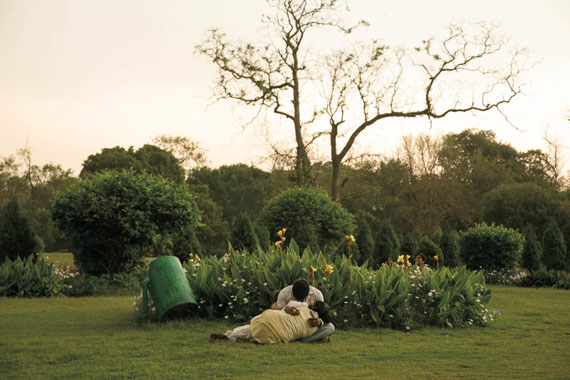
As a newly emerging technology, medium and application, photography has always been associated with topics of publicity and privacy since it was invented. In the early days, photographers took essentially private pictures and viewed them in public spaces, while nowadays everyone can afford a camera phone and with mobile network and social media there appeared the demarcation of image, and in the time of constantly evolving visualization of data in contemporary art, photography has increasingly become an important medium that extends to, participate in, intervene with and helps build people’s public and daily lives. Thus, the public and private characters of photography continue to conflict, confront, integrate and spread between real and virtual spaces, and this constantly changes people’s ways of expression, relationships, behavioral habits while filling up our public and private living spaces. Eventually, with the extensive involvement of photography, public and private spaces, the boundaries between the individual and the group, and the “others” and “I” are reconstructed and redefined. During the process of these changing relationships, photography interacts and resonates in new ways with a lot of important factors such as history, reality, religion, philosophy, civilization, war, science & technology, politics and human emotions. In such a spatial-temporal environment where the public and the private are mixed, the modes of organization and thinking are extremely complex, and the atmosphere is full of a sense of ritual and absurdity, how can we start an adventure of thought – what kind of world is it? How is it related to us? It may be a Utopia or Dystopia, or even a Heterotopia or Protopia [1], and in their ideological and visual field, the way we deal with the relationship and expression of the public and private by photography will become our common goal that built on a relatively broad, distant and higher point, which is also the main point that inspired us to plan this exhibition. Therefore, this exhibition will center on photography as an interdisciplinary research field as well as its complex coexistence of the social, public and private, and it aims to explore the role and significance of photography in the tensional relationship between the public and the private.
It is worth pointing out that, by drawing on experience and reflect on the insufficiency from the first two photo biennials, the curatorial team hope to present a completely different exhibition this year, in an experimental and challenging way of organization and thinking based on the theme of “Confusing Public and Private”.
[1] Kwvin Kelly once pointed out: “the real Dystopia has nothing to do with the description of it in the movie ‘Mad Max’ and is more like the former Soviet Union: the world was not lawless but filled with overregulated bureaucracies……however, neither Dystopia or Utopia are our destinations: our real destination is ‘Protopia’, more precisely speaking, we have already arrived in a Protopia. A Protopia is not an end but a state of transformation, a process. In the mode of a Protopia, today is better than yesterday despite it just get a little bit better. It is a gradual process of improvement and a gentle form of progress.”�
